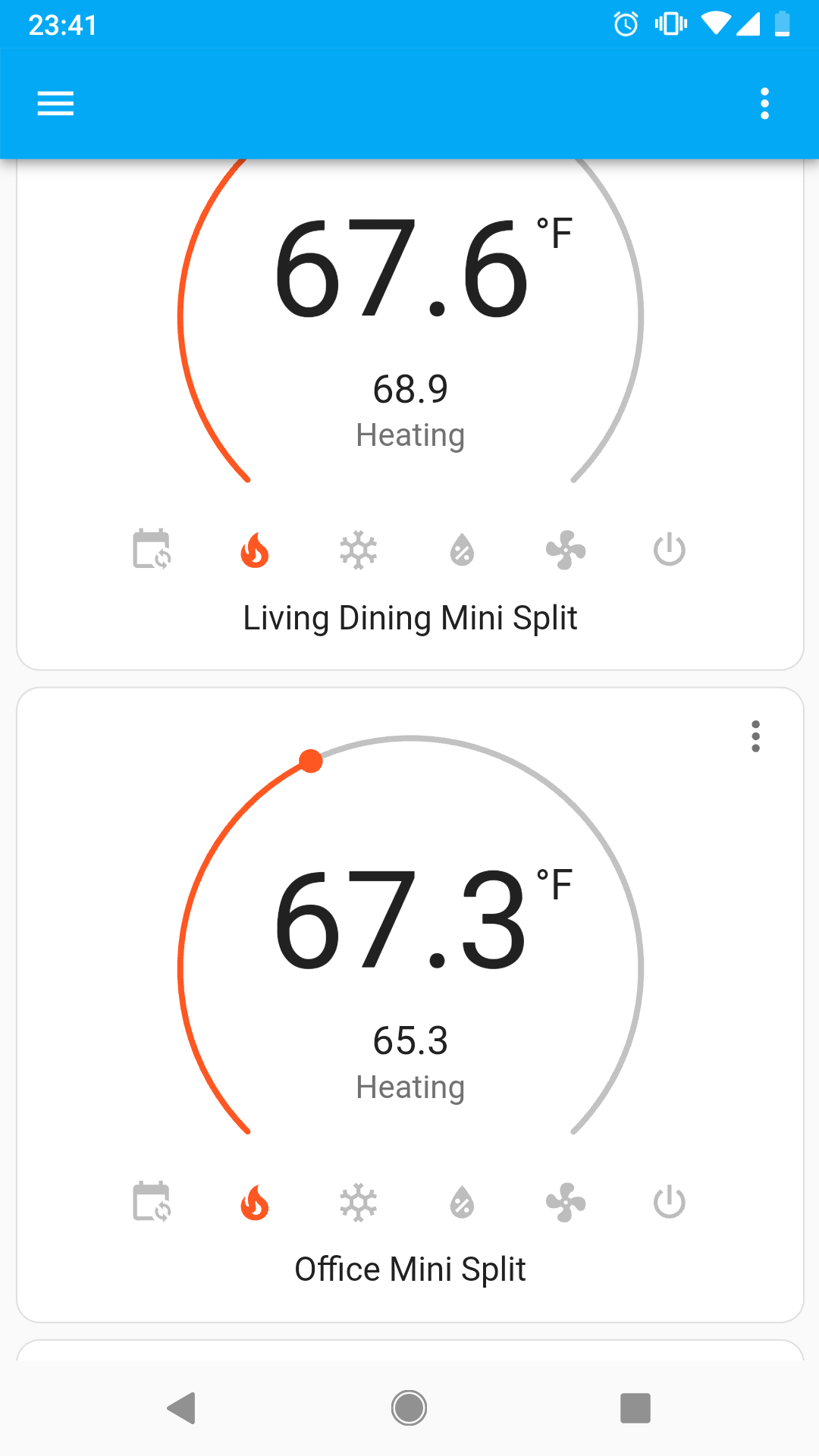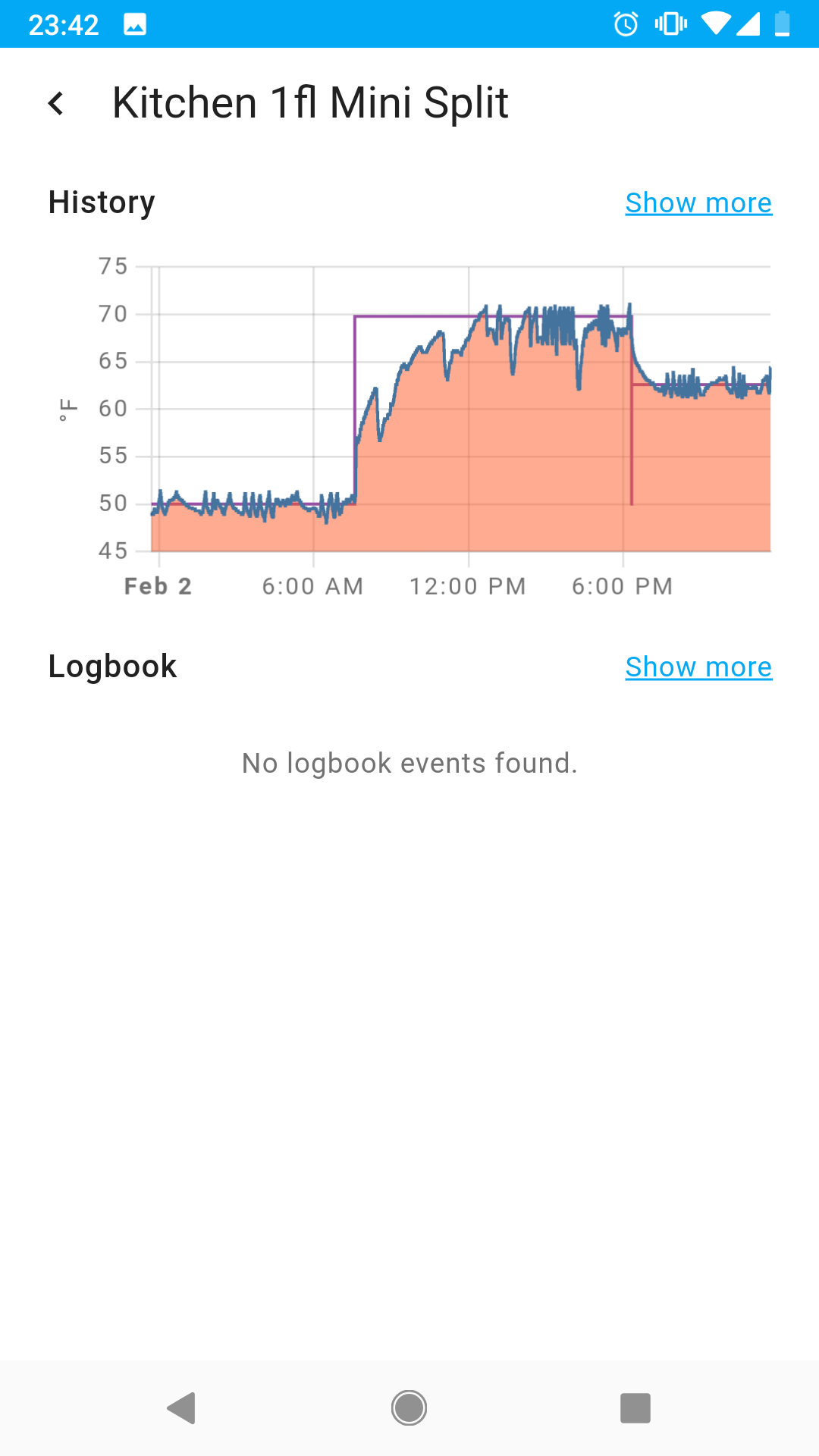

Me (interviewing recently): Could I see an example design doc or some code before we discuss your offer? Hiring manager: We don’t do designs, just launch and iterate. And here’s some code, it’s all fully self documenting. Me: Nope nope nope.


Me (interviewing recently): Could I see an example design doc or some code before we discuss your offer? Hiring manager: We don’t do designs, just launch and iterate. And here’s some code, it’s all fully self documenting. Me: Nope nope nope.
I’m just getting:
Please moderate the content of your question before submitting it.


If you haven’t played with Pulumi (for configuring cloud services) and Ansible (for local services, shell commands, apt installs etc) you may enjoy them as a way to capture / re-apply configuration.


I do do interviews too. It’s a lot of time and work. A well designed interview can and should be a realistic, rewarding problem solving session where you get to try out collaboration with potential colleagues.


Cheating leetcode interviews with AI doesn’t seem that innovative to me, just adding dishonesty to a broken practice. Destruction is always easier than creation.
Also, as someone who frequently designs and runs SW interviews, it’s totally possible to run interviews that test actually important SW skills like OO design, error handling, and using APIs, which AIs still fail handily.
If you want to do something cool, make an AI to refactor your codebase for maintainability and security.


Hmm, it’s been a while, maybe I’m misremembering. There were definitely some categories of Plex content not from my library that kept reappearing on the home page of my server, despite trying to get rid of them a few times. Maybe they weren’t actually paid, I just assumed they’d only be pushing something if it was going to bring them more revenue.
The other thing that made me want to jump ship extremely fast was when they started sharing your recently watched items with other users, without asking.


Even with Plex pass they were really pushing their paid content. Much happier with Jellyfin, and it was very easy to switch.
No no they’re not “wrong,” they’re slouched in defeat because someone stole their keyboard, mouse, and desktop, leaving them with only a 1280x760 DVI monitor.
I very briefly tried a couple zwave light bulbs with a USB zwave adapter for Home Assistant, but couldn’t get it reliable. I do like the mesh + low power idea though and played around with ZigBee dev boards previously.
I have settled on mostly Tasmota firmware on ESP8266 based devices. Lots of switches (from the CloudFree shop among others), smart plugs, and other devices. I also like to assemble my own sensor/relay boards, which Tasmota is great for. I did have to set a fixed 2.4Ghz channel on one router, and later set “IoT mode” on my Unifi network, to avoid devices falling off the network. I also have flashed most of the devices, but am happy to do that (not so different from uploading an Arduino sketch once you’re used to it).


Didn’t expect the snake to turn the box. Excellent loop.


I have ESP8266 WiFi modules running Tasmota firmware for a few parts of this. Some report temperature (and humidity just for fun), I like DS18B20 sensors better than SHT30s which seem to have a bit more self heating. Then I also have Mitsubishi mini split heat pumps for which there’s a Tasmota control library. MQTT for communication + HomeAssistant for UI + AppDaemon for automation scripts in Python.
Examples of the UI in HA:




Yeah, every time I find some weird annoying behavior or some missing feature in MySQL, PostgreSQL is doing it right.
That said, also ask yourself if you really need a relational database, or whether an object store or append-only / timeseries db would fit better.


“Will I have root on my dev machine” is on my list of interview questions, now.
Ugh, yep!
Though in this case I guess there’s the benefit of engraved numbers providing accessibility.
Seems cool!
Does it handle sharing a task list between people? Or syncing between multiple clients / handling concurrent edits?
I see the manual says keyboard commands are the main way to control it. Does it work in mobile?
Looks like you’re putting lots of work into it, thanks for sharing.


Is there a self hosted OpenTelemetry consumer?


Company started on Asana, individual teams jumped to Jira, company eventually followed. I was always accidentally creating blank tickets in Asana.
Yeah, if you don’t want the next dev (or your future self) to accidentally undo that corner case you fixed, better put a unit test on it.
Just being forced to talk about how it’s going and what’s blocking can be helpful, so I’m glad you’re questioning for to be more useful, not doing a little rubber-ducking isn’t all bad.
Laughable for chess, but essentially how Steve Mould played tic tac toe using synthesized DNA.